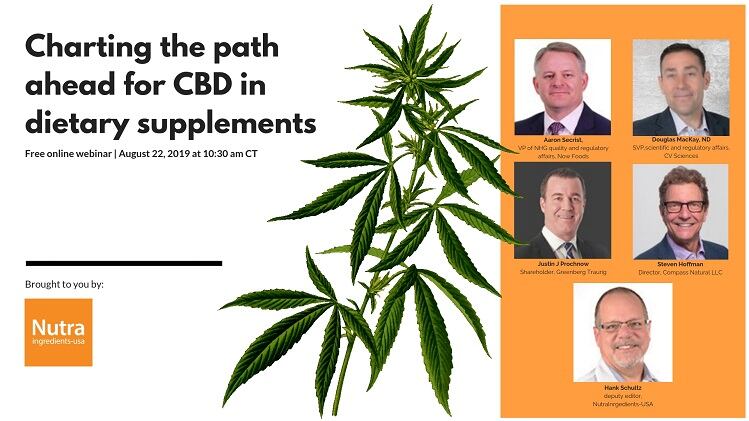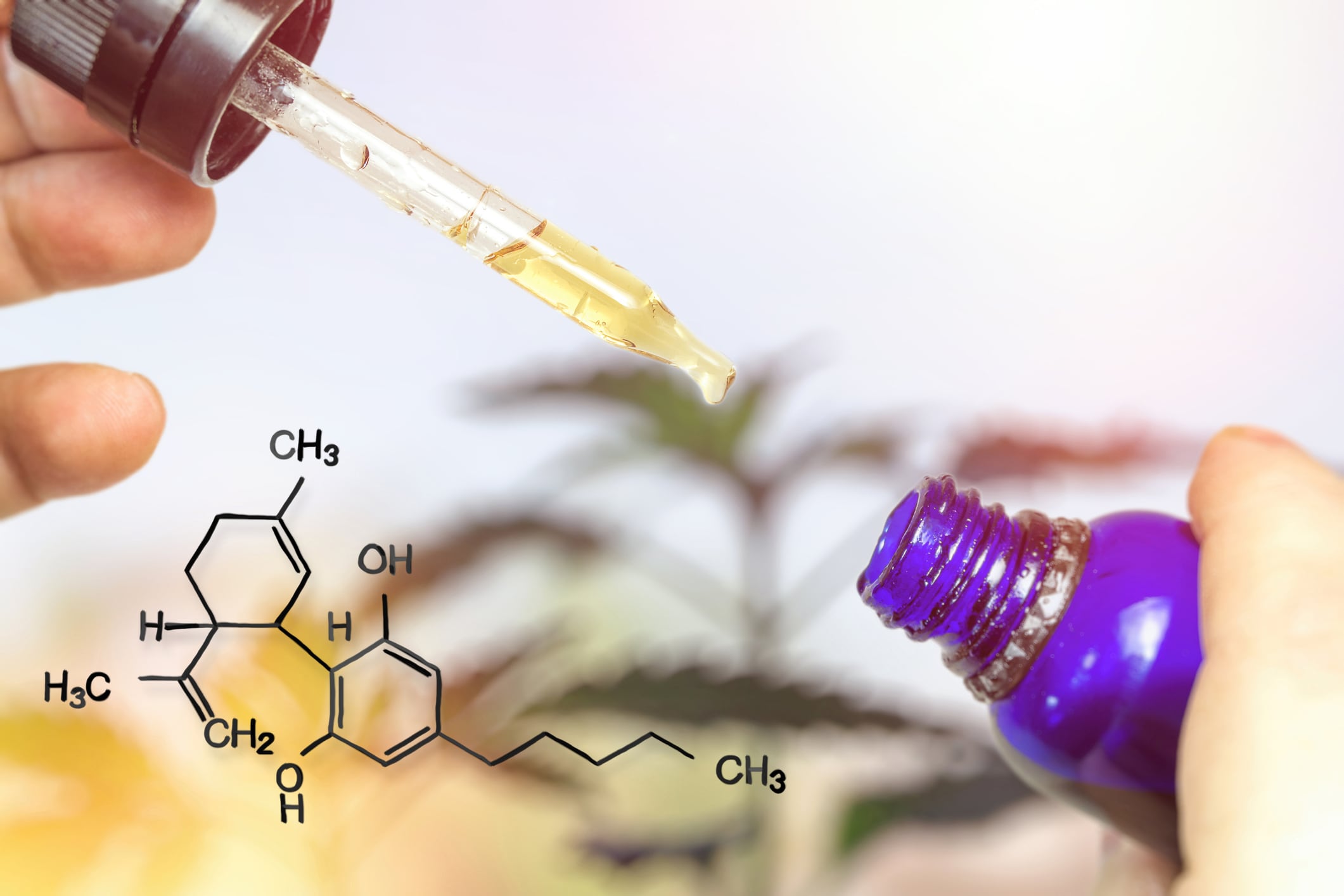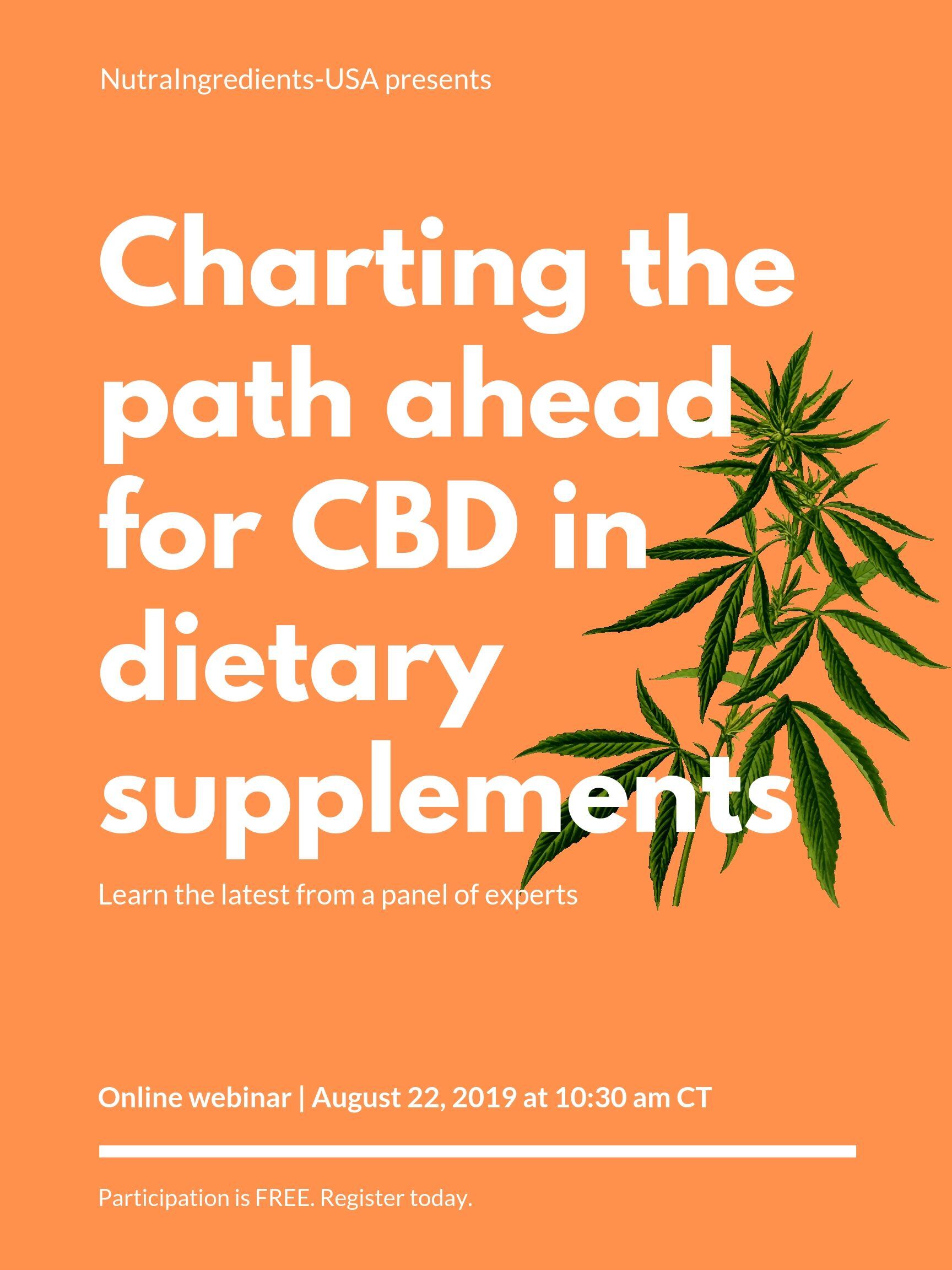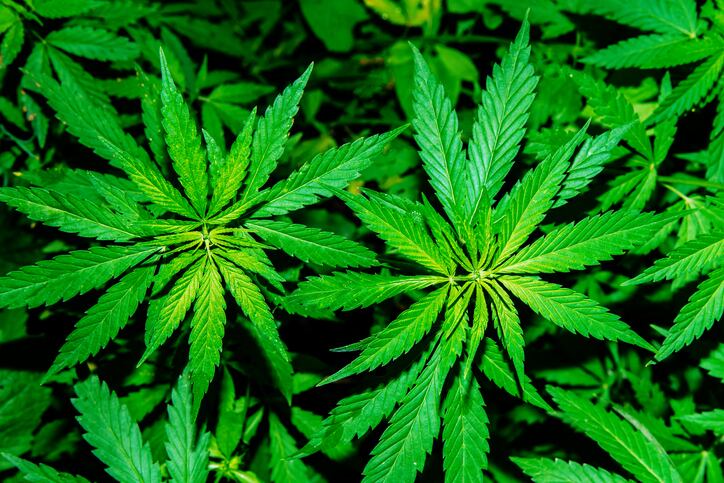Free webinar and live Q&A with a panel of experts on CBD
Gottlieb penned his op ed piece for the Washington Post. The headline read: “The CBD craze is getting out of hand,” though Gottlieb did not use those words.
Rapidly growing market characterized by plethora of health claims
Gottlieb noted that the market for CBD products could surpass $20 billion by 2024 by some estimates. He also noted that the molecule is featured in a wide array of products, including foods, supplements, topical products, pet products and more.
Furthermore, the substance is being marketed with a wide variety of claims. Just last week the agency issued a warning to a company called Curaleaf for a wide variety of illegal disease treatment claims, which allegedly included treating cancer, Alzheimer’s disease, opioid withdrawal, pain and pet anxiety. And that company is far from alone.
Gottlieb said that the cart had gotten in front of the horse when it comes to CBD’s purported benefits.
“Many of the compound’s expansive benefits are fanciful, and in fact, the sale of much of the product is illegal under current law,” Gottlieb wrote.
What’s a safe upper limit?
Gottlieb said that the presumptive claims of safety to the contrary, CBD does have some risks. One of the concerns voiced by FDA scientists judging by the focus of their questions to speakers at the May 31 meeting convened by the agency was the lack of data about what an acceptable upper limit for daily exposure might be. Gottlieb echoed those concerns in his editorial.
“CBD has risks: It can cause damage to the liver at high doses, and it may have a cumulative effect. If you eat CBD in your breakfast, lunch and dinner, you could get a toxic dose,” he wrote.
Gottlieb said there are ways to build a regulatory structure for CBD to legally come to market. But he seemed to throw cold water on the desires of some stakeholders (some of whom spoke at the May 31 meeting) to continue to have access to CBD products in a folk medicine type fashion.
“Any path to allow CBD to be added to food products needs to preserve the incentive to study the compound in rigorous clinical trials to prove its therapeutic potential as a medicine. It’s not appropriate or legal to make such claims otherwise,” he said.
Near term solution: require NDINs
The former FDA commissioner said the agency should require NDI Notifications or food additive petitions from companies that want to market the ingredient in foods or dietary supplements. Doing so would put the burden on industry to prove the safety of the substance.
As a side note, there now seems to be general consensus that CBD is in fact a New Dietary Ingredient, and would not qualify as an ODI under the DSHEA grandfather provision. That states that an ingredient that was on the market as an article of food prior to October 15, 1994, would be considered an Old Dietary Ingredient and would not need to go through the NDI process. To date no company has come forward with proof that CBD qualifies for this exemption.
Also, many stakeholders have observed that the reason companies have been unwilling to submit NDI Notifications on CBD up to now has been FDA’s view that CBD is not a legal dietary ingredient because of its prior development as a drug, which was recently approved as Epidiolex. Such a notification would be rejected out of hand, they say.
Gottlieb said a process of reviewing individual products via NDI submissions could ease the regulatory logjam on CBD while a more permanent, overarching solution is worked out. He acknowledged that will be a multi year process, and might not address the current situation quickly enough.
“These are the same standards any new food ingredients are held to. Congress can help by passing language saying that the FDA doesn’t need to issue a broad regulation on CBD and can instead rely on petitions filed by individual, prospective producers,” he said.
Leveling the playing field
Gottlieb acknowledged that the current situation has put some more cautious companies, those that have been waiting for FDA to define a regulatory structure for the substance, at a disadvantage. (Aaron Secrist, vice president of quality and regulatory affairs for Now Foods, made that case during his comments at the May 31 meeting.)
“The FDA is being pushed by all sides to act quickly. Meanwhile, responsible food makers waiting for regulators to address the legal and safety considerations before launching CBD products are being eclipsed by unscrupulous purveyors. Obligating the industry to do the front end of this scientific work — and sweeping the market of those who won’t — could advance a safe path and help establish the stable market for hemp-derived CBD envisioned by lawmakers,” he concluded.
Want to learn more? Join us for a FREE webinar followed by LIVE Q&A with a panel of experts:

FDA is actively exploring potential pathways to permit certain cannabis-derived compounds in food or dietary supplements, but what are the key boxes that need to be ticked to move forward with CBD products that meet the quality standards required of mainstream products? What safety questions remain unanswered? Where do we stand on a potential NDI notification or GRAS no objection? What claims can be supported by the science? And what does the CBD space look like in five years?
In this webinar on Thursday, 22 August 2019 at 10:30 AM Central, the NutraIngredients-USA editorial team has assembled an expert panel to tell you everything you need to know about CBD. Click HERE to register.



